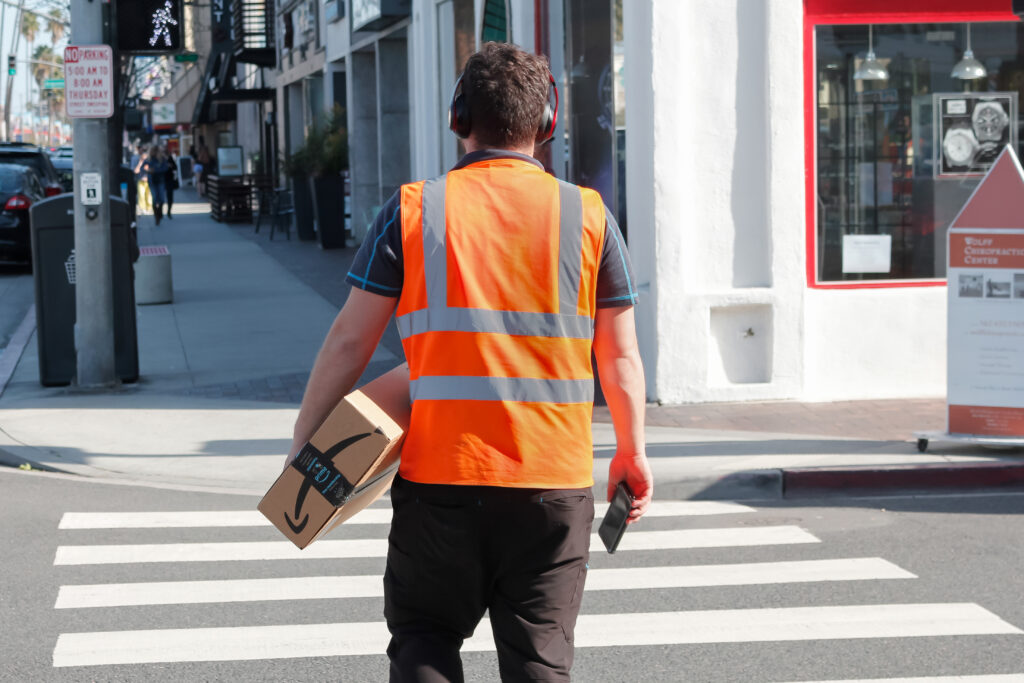
Amazon is making a small but potentially important change to product pages. In future, if products have a high percentage of returns, Amazon will flag them up as “frequently returned”.
Returns are a big issue. In 2021, online purchases worth over $750bn were returned, and many Amazon sellers end up throwing away about a third of all returned product.
Amazon isn’t going back on its generous (to customers) return policies. Its customers have the right to return goods within 30 days. However, products should ideally be unopened and unused, and must be in the original condition. You can’t eat one biscuit out of a packet, decide you don’t like them, and return the rest of the packet! (In fact, groceries are an exception to the return process, as are customized items like print-on-demand tee shirts.)
However, it has introduced a $1 per return charge for UPS returns, though customers can still drop returns off at Amazon locations like Kohl’s or Amazon Fresh. Amazon might also send warnings to customers who have a high rate or value of returns, and in extreme circumstances might even close their accounts.
But that “frequently returned” tag could scare customers off your products. Of course it also means you’re losing money on all those returns, particularly if they aren’t returned in a state that makes it possible to resell them. Fortunately, Amazon is also going to give you a new tool in Seller Central to help reduce returns; Return Insights. This will give you plenty of metrics; returns by ASIN, by return category, by units, by percentage, and over time (eg last 30 days vs last 60 days, so you can see if things are getting worse or better).
Pick the products which have the worst returns record to look at first. Of course, if you have a product with the “frequently returned” label showing up, that’s your first priority.
Look at the reasons why these products are being returned. You might also want to look at competing product pages and see whether the product reviews mention returns, and whether there are details or types of photo on those pages that you don’t have on yours.
Then you want to refine and improve your product listing. For instance,
• you might to add higher quality images giving a more complete view of the product;
• you might want to add sizing information, and a guide to exactly where to take particular measurements;
• you could add technical details;
• you might add the composition of a fabric (100% cotton or 70% viscose?);
• you might include details of compatibility with other products;
• you could show pictures of the product with someone using or holding it, or in a hand, so that potential customers can easily grasp the size of the product;
• you might add a how-to video so customers know how to unbox, install, and use their new products correctly.
It’s also worth paying real attention to color accuracy. In clothing and accessories, but also home decor, customers who find the color isn’t what they thought they were getting from the picture on the product page will often return it.
If your returns are due to products being damaged in transit, it’s worth trying to redesign your packaging to protect the product better.
Understanding your customers can be tricky, but it’s something you really need to do. A really nerdy example is a fountain pen returned by a collector because it had clearly been inked. In fact, the seller has a policy of testing every pen they sell by writing with it before they send it out. They now make that clear in their product description.